#Engineering Science and Technology
Explore tagged Tumblr posts
Text

Launch Your Creativity with Space Crafts!
In honor of the completion of our Nancy Grace Roman Space Telescope’s spacecraft — the vehicle that will maneuver the observatory to its place in space and enable it to function once there — we’re bringing you a space craft you can complete at home! Join us for a journey across the cosmos, starting right in your own pantry.
Stardust Slime
Ingredients:
1 5 oz. bottle clear glue
½ tablespoon baking soda
Food coloring
1 tablespoon contact lens solution
1 tablespoon glitter
Directions:
Pour the glue into a bowl.
Mix in the baking soda.
Add food coloring (we recommend blue, purple, black, or a combination).
Add contact lens solution and use your hands to work it through the slime. It will initially be very sticky! You can add a little extra contact lens solution to make it firmer and less goopy.
Add glitter a teaspoon at a time, using as much or as little as you like!
Did you know that most of your household ingredients are made of stardust? And so are you! Nearly every naturally occurring element was forged by living or dying stars.
Take the baking soda in this slime recipe, for example. It’s made up of sodium, hydrogen, carbon, and oxygen. The hydrogen was made during the big bang, right at the start of the universe. But the other three elements were created by dying stars. So when you show your friends your space-y slime, you can tell them it’s literally made of stardust!
Still feeling crafty? Try your hand at more pantry projects or these 3D and paper spacecraft models. If you’re eager for a more advanced space craft, check out these embroidery creations for inspiration! Or if you’re ready for a break, take a virtual tour of an interactive version of the Roman Space Telescope here.
Make sure to follow us on Tumblr for your regular dose of space!
#NASA#astronomy#telescope#Roman Space Telescope#technology#space#science#tech#DIY#crafts#engineering#STEM
1K notes
·
View notes
Text
The Stormlight Archive is great because it has Women in STEM
Soulcasting people to death
Tinkering with cool gizmos
Eating the food right off your starvin' plate
Mommy? Sorry. Mommy- Sorry, Mommy? Sorry. Mommy? Sorry. Mommy? Sorry. Mommy?
#it's also got women in science technology engineering and mathematics#but i kinda like my list better#cosmere#brandon sanderson#stormlight archive
157 notes
·
View notes
Text
Aww what a cute little robot!
125 notes
·
View notes
Text
Tesla’s Wardenclyffe Tower: Built on Sound Math, Undone by Cost and Misunderstanding

Let’s set the record straight—Nikola Tesla’s Wardenclyffe Tower was a high-voltage experimental transmission system grounded in quarter-wave resonance and electrostatic conduction—not Hertzian radiation. And the math behind it? It was solid—just often misunderstood by people applying the wrong physics.
In May 1901, Tesla calculated that to set the Earth into electrical resonance, he needed a quarter-wavelength system with a total conductor length of about 225,000 cm, or 738 feet.
So Tesla’s tower design had to evolve during construction. In a letter dated September 13, 1901, to architect Stanford White, Tesla wrote: “We cannot build that tower as outlined.” He scaled the visible height down to 200 feet. The final structure—based on photographic evidence and Tesla’s own testimony—stood at approximately 187 feet above ground. To meet the required electrical length, Tesla engineered a system that combined spiral coil geometry, an elevated terminal, a 120-foot vertical shaft extending underground, and radial pipes buried outward for approximately 300 feet. This subterranean network, together with the 187-foot tower and carefully tuned inductance, formed a continuous resonant conductor that matched Tesla’s target of 738 feet. He described this strategy in his 1897 patent (No. 593,138) and expanded on it in his 1900 and 1914 patents, showing how to simulate a longer conductor using high-frequency, resonant components. Even with a reduced visible height, Tesla’s system achieved quarter-wave resonance by completing the rest underground—proving that the tower’s electrical length, not its physical height, was what really mattered.
Tesla calculated his voltages to be around 10 million statvolts (roughly 3.3 billion volts in modern SI), so he had to consider corona discharge and dielectric breakdown. That’s why the terminal was designed with large, smooth spherical surfaces—to minimize electric surface density and reduce energy loss. This was no afterthought; it’s a core feature of his 1914 patent and clearly illustrated in his design sketches.
Now, about that ±16 volt swing across the Earth—what was Tesla talking about?
He modeled the Earth as a conductive sphere with a known electrostatic capacity. Using the relation:
ε × P = C × p
Where:
ε is the terminal’s capacitance (estimated at 1,000 cm)
P is the applied voltage (10⁷ statvolts)
C is the Earth’s capacitance, which Tesla estimated at 5.724 × 10⁸ cm (based on the Earth’s size)
p is the resulting voltage swing across the Earth
Plugging in the numbers gives p ≈ 17.5 volts, which Tesla rounded to ±16 volts. That’s a theoretical 32-volt peak-to-peak swing globally—not a trivial claim, but one rooted in his framework.
Modern recalculations, based on updated geophysical models, suggest a smaller swing—closer to ±7 volts—using a revised Earth capacitance of about 7.1 × 10⁸ cm. But that’s not a knock on Tesla’s math. His original ±16V estimate was fully consistent with the cgs system and the best data available in 1901, where the Earth was treated as a uniformly conductive sphere.
The difference between 7 and 16 volts isn’t about wrong numbers—it’s about evolving assumptions. Tesla wrote the equation. Others just adjusted the inputs. His premise—that the Earth could be set into controlled electrical resonance—still stands. Even if the voltage swing changes. The vision didn’t.
Wouldn't that ±16V swing affect nature or people? Not directly. It wasn’t a shock or discharge—it was a global oscillation in Earth’s electric potential, spread evenly across vast distances. The voltage gradient would be tiny at any given point—far less than what’s generated by everyday static electricity. Unless something was specifically tuned to resonate with Tesla’s system, the swing had no noticeable effect on people, animals, or the environment. It was a theoretical signature of resonance, not a hazard. While some early experiments in Colorado Springs did produce disruptive effects—like sparks from metal objects or spooked horses—those involved untuned, high-voltage discharges during Tesla’s exploratory phase. Wardenclyffe, by contrast, was a refined and carefully grounded system, engineered specifically to minimize leakage, discharge, and unintended effects.
And Tesla wasn’t trying to blast raw power through the ground. He described the system as one that would “ring the Earth like a bell,” using sharp, high-voltage impulses at a resonant frequency to create standing waves. As he put it:
“The secondary circuit increases the amplitude only... the actual power is only that supplied by the primary.” —Tesla, Oct. 15, 1901
Receivers, tuned to the same frequency, could tap into the Earth’s oscillating potential—not by intercepting radiated energy, but by coupling to the Earth’s own motion. That ±16V swing wasn’t a bug—it was the signature of resonance. Tesla’s transmitter generated it by pumping high-frequency, high-voltage impulses into the Earth, causing the surface potential to oscillate globally. That swing wasn’t the energy itself—it acted like a resonant “carrier.” Once the Earth was ringing at the right frequency, Tesla could send sharp impulses through it almost instantly, and tuned receivers could extract energy.
So—was it feasible?
According to Tesla’s own patents and 1916 legal testimony, yes. He accounted for insulation, voltage gradients, tuning, and corona losses. His design didn’t rely on brute force, but on resonant rise and impulse excitation. Tesla even addressed concerns over losses in the Earth—his system treated the planet not as a passive resistor but as an active component of the circuit, capable of sustaining standing waves.
Wardenclyffe wasn’t a failure of science. It was a casualty of cost, politics, and misunderstanding. Tesla’s system wasn’t just about wireless power—it was about turning the entire planet into a resonant electrical system. His use of electrostatics, high-frequency resonance, and spherical terminals was decades ahead of its time—and still worth studying today.
“The present is theirs; the future, for which I really worked, is mine.” —Nikola Tesla
#nikola tesla#science#history#quotes#electricity#wireless#technology#mathematics#math#engineering#power#Wardenclyffe#ahead of his time#ahead of our time
81 notes
·
View notes
Text
The Roman watermills of Barbegal were a remarkable ancient industrial complex located near Arles in southern 🇫🇷. The complex was built in the 2nd century CE and operated until about the end of the 3rd century. It’s considered "the greatest known concentration of mechanical power in the ancient world" and the largest ancient mill complex.
224 notes
·
View notes
Text

#nikola tesla#quotes#manifesting#light#energy#magic#manifestation#law of attraction#esoteric#spiritual awakening#spirit#ascension#consciousness#alchemy#science#engineering#free energy#technology
163 notes
·
View notes
Text
Ontario says it will invest $750 million to boost funding for science, technology, engineering and mathematics programs at colleges and universities across the province. Colleges and Universities Minister Nolan Quinn says the funding will be used to fund 20,500 STEM spots per year. Quinn says the investment in students will help create a more resilient economy, which has been hurting recently with U.S. President Donald Trump's escalating trade war.
Continue Reading
Tagging: @newsfromstolenland
#education#university#science#technology#engineering#mathematics#trade war#ontario#cdnpoli#canadian politics#canadian news#canada
76 notes
·
View notes
Text
#science#technology#engineering#mathematics#star trek#star wars#doctor who#babylon 5#stargate#farscape#sf#science fiction
289 notes
·
View notes
Text
Whats the opposite of gothic? I'm in love with comp sci anti-gothic where it's just people being surprisingly polite and nice and funny through computers. A program's first lines are always "Hello world!". SMTP protocols apparently say "hello, pleased to meet you" to each other to establish a connection with a handshake. Python has a different version called Andaconda, which has a smaller version called miniconda. C++ is just C continuously improving on itself, because the ++ operator means to add one onto a previous value, and C# is two ++ stacked on top of each other. Lawmakers have to talk about the ethics of saving "cookies" to computers because one guy liked fortune cookies and decided to call them that. The internet itself wasn't created with security in mind because it was just meant to be a way for a group of people who trusted each other using it to send each other information, and so on, and so forth
#compeng#comp eng#computer engineering#computer science#Information Technology#studyblr#study#neon academia#university#eye contact with the abyss#It's probably just because I'm new to the whole field but it's really quite nice#I say anti gothic because instead of something normal being eerie#its something eerie (the inhumanity of computers) being surprisingly normal (people putting joke comments in code)
721 notes
·
View notes
Text
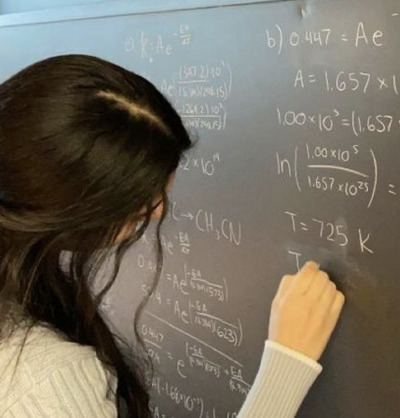
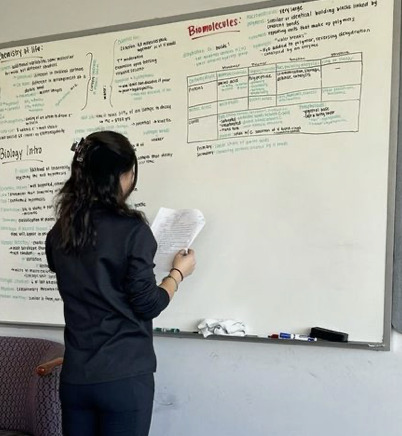
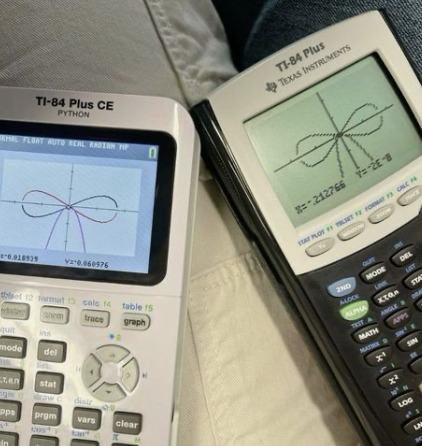
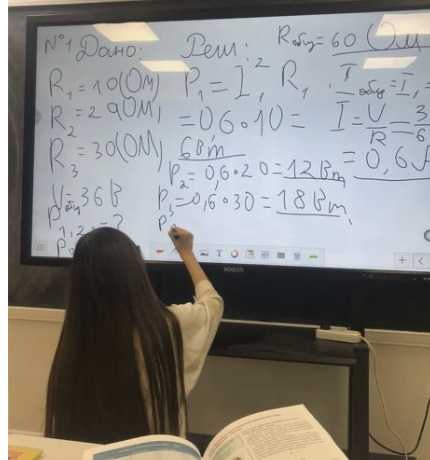
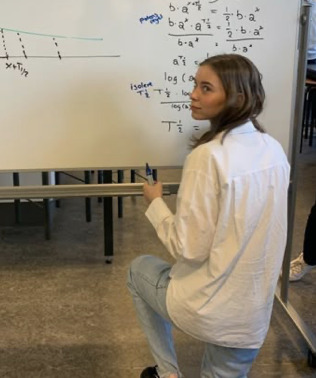
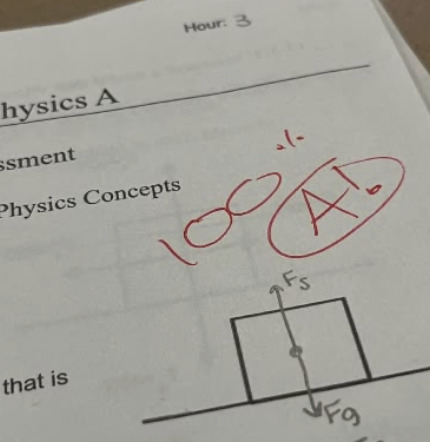
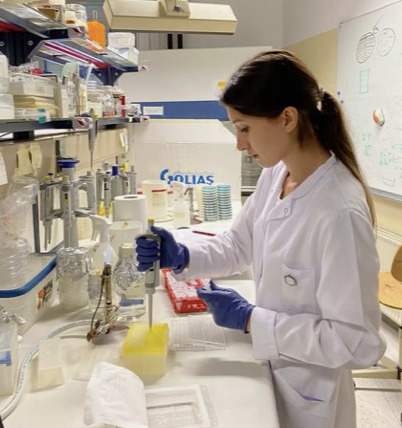
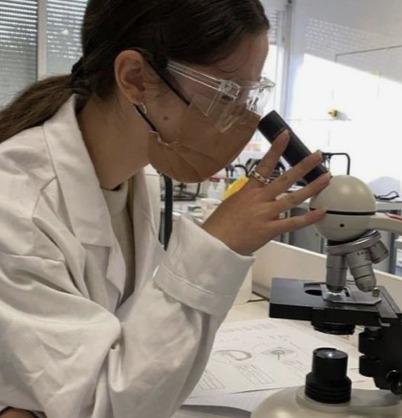
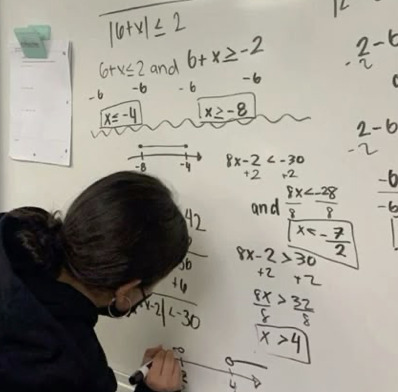
STEM girls. 🪐🔬🧪
#STEM#women in stem#academic weapon#student#rory gilmore aesthetic#moodboard#pinterest#beauty#maths#math#mathematics#science#technology#engineering#romantic academia#academia#dark academia#light academia#classic academia#study inspo#study motivation#vintage#aesthetic#pinterest moodboard
100 notes
·
View notes
Text
Scientists from Vilnius University's (VU) Life Sciences Center (LSC) have discovered a unique way for cells to silence specific genes without cutting DNA. This research, led by Prof. Patrick Pausch and published in the journal Nature Communications, reveals a new way to silence genes that is akin to pressing a "pause" button on certain genetic instructions within cells. The research team, including doctoral student Rimvydė Čepaitė, Dr. Aistė Skorupskaitė, undergraduate Gintarė Žvejyte and Prof. Pausch at Vilnius University, working alongside an international team, uncovered how cells use a specific system to locate and silence unwanted DNA. This system, which could eventually enable safer gene modifications, shows promise for repairing faulty genes that cause diseases.
Continue Reading.
129 notes
·
View notes
Text

This photo contains both flight (flat in the foreground) and qualification assembly (upright in the background) versions of the Solar Array Sun Shield for NASA’s Nancy Grace Roman Space Telescope. These panels will both shade the mission’s instruments and power the observatory.
Double Vision: Why Do Spacecraft Have Twin Parts?
Seeing double? You’re looking at our Nancy Grace Roman Space Telescope’s Solar Array Sun Shield laying flat in pieces in the foreground, and its test version connected and standing upright in the back. The Sun shield will do exactly what it sounds like –– shade the observatory –– and also collect sunlight for energy to power Roman.
These solar panels are twins, just like several of Roman’s other major components. Only one set will actually fly in space as part of the Roman spacecraft…so why do we need two?
Sometimes engineers do major tests to simulate launch and space conditions on a spare. That way, they don’t risk damaging the one that will go on the observatory. It also saves time because the team can do all the testing on the spare while building up the flight version. In the Sun shield’s case, that means fitting the flight version with solar cells and eventually getting the panels integrated onto the spacecraft.
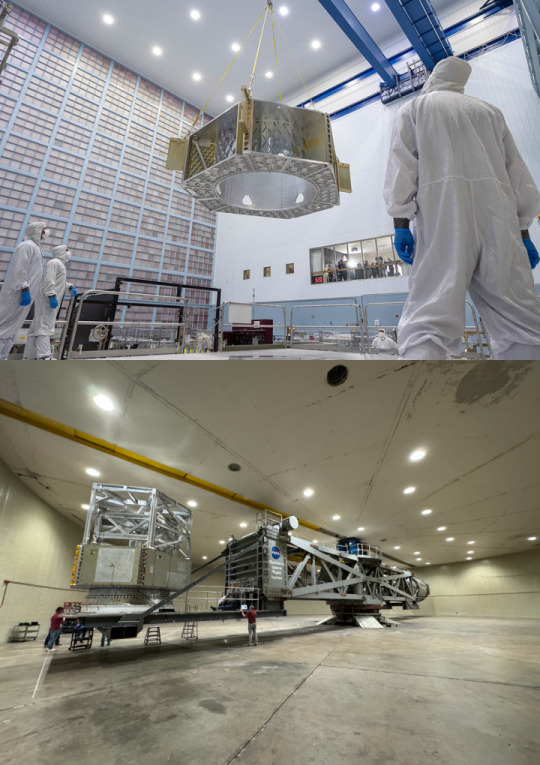
Our Nancy Grace Roman Space Telescope's primary structure (also called the spacecraft bus) moves into the big clean room at our Goddard Space Flight Center (top). While engineers integrate other components onto the spacecraft bus in the clean room, the engineering test unit (also called the structural verification unit) undergoes testing in the centrifuge at Goddard. The centrifuge spins space hardware to ensure it will hold up against the forces of launch.
Engineers at our Goddard Space Flight Center recently tested the Solar Array Sun Shield qualification assembly in a thermal vacuum chamber, which simulates the hot and cold temperatures and low-pressure environment that the panels will experience in space. And since the panels will be stowed for launch, the team practiced deploying them in space-like conditions. They passed all the tests with flying colors!
The qualification panels will soon pass the testing baton to the flight version. After the flight Solar Array Sun Shield is installed on the Roman spacecraft, the whole spacecraft will go through lots of testing to ensure it will hold up during launch and perform as expected in space.
For more information about the Roman Space Telescope, visit: www.nasa.gov/roman. You can also virtually tour an interactive version of the telescope here.
Make sure to follow us on Tumblr for your regular dose of space!
#NASA#astronomy#telescope#Roman Space Telescope#technology#space#science#tech#twins#engineering#STEM
1K notes
·
View notes
Text


Did some art for a local science and technology fair!
34 notes
·
View notes
Text
It's the real life Wall-e..
#robots#robotics#walle#technology#science#engineering#interesting#cool#gadgets#artificial intelligence#tech#ai#innovation
83 notes
·
View notes
Text
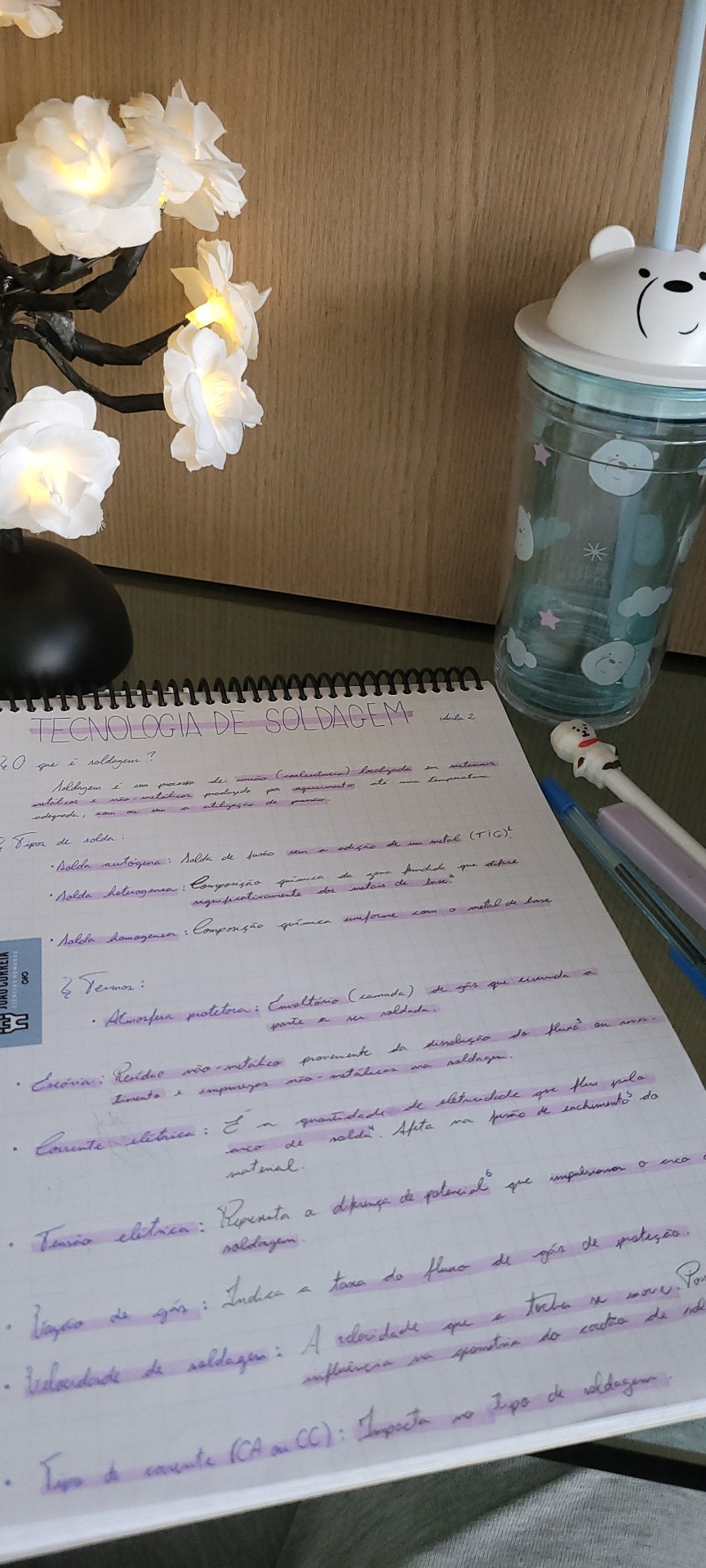
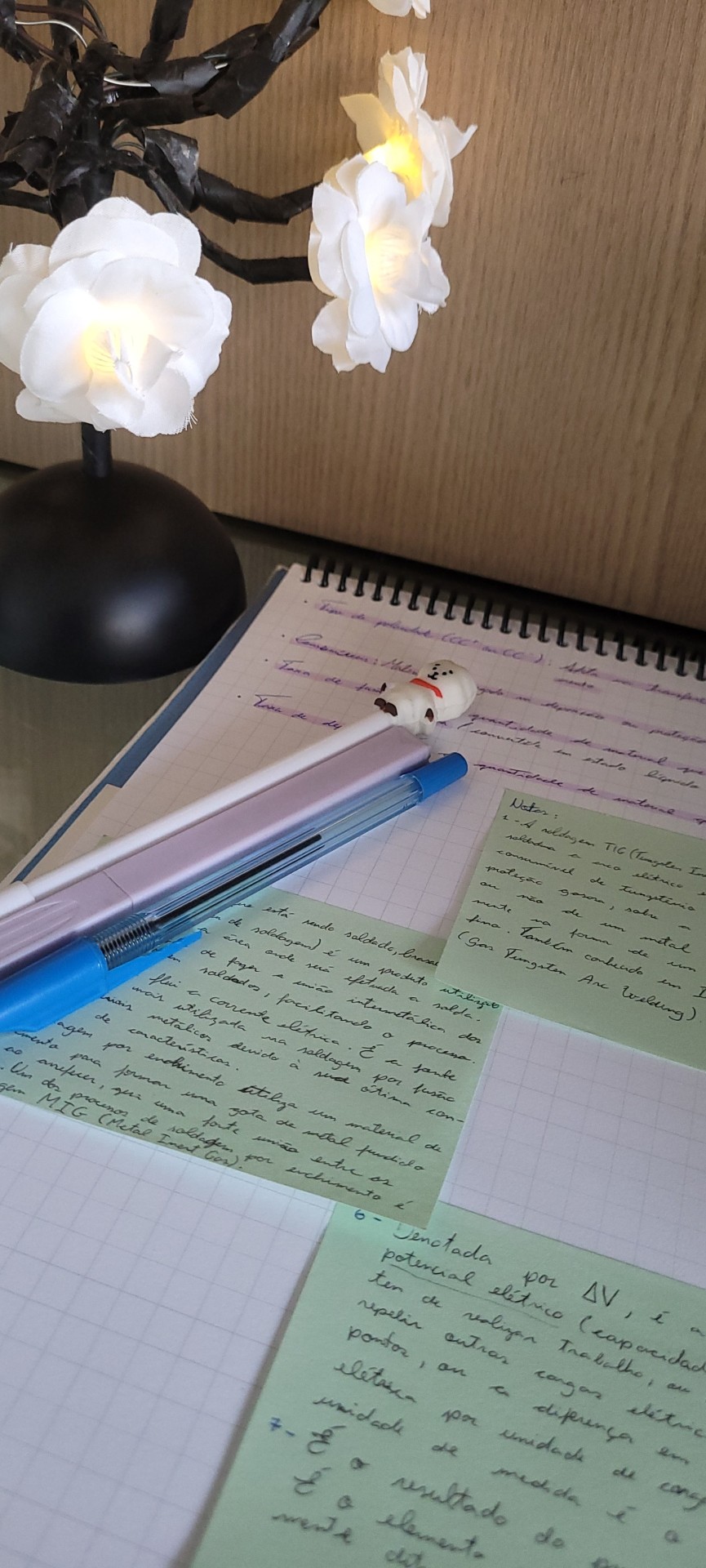
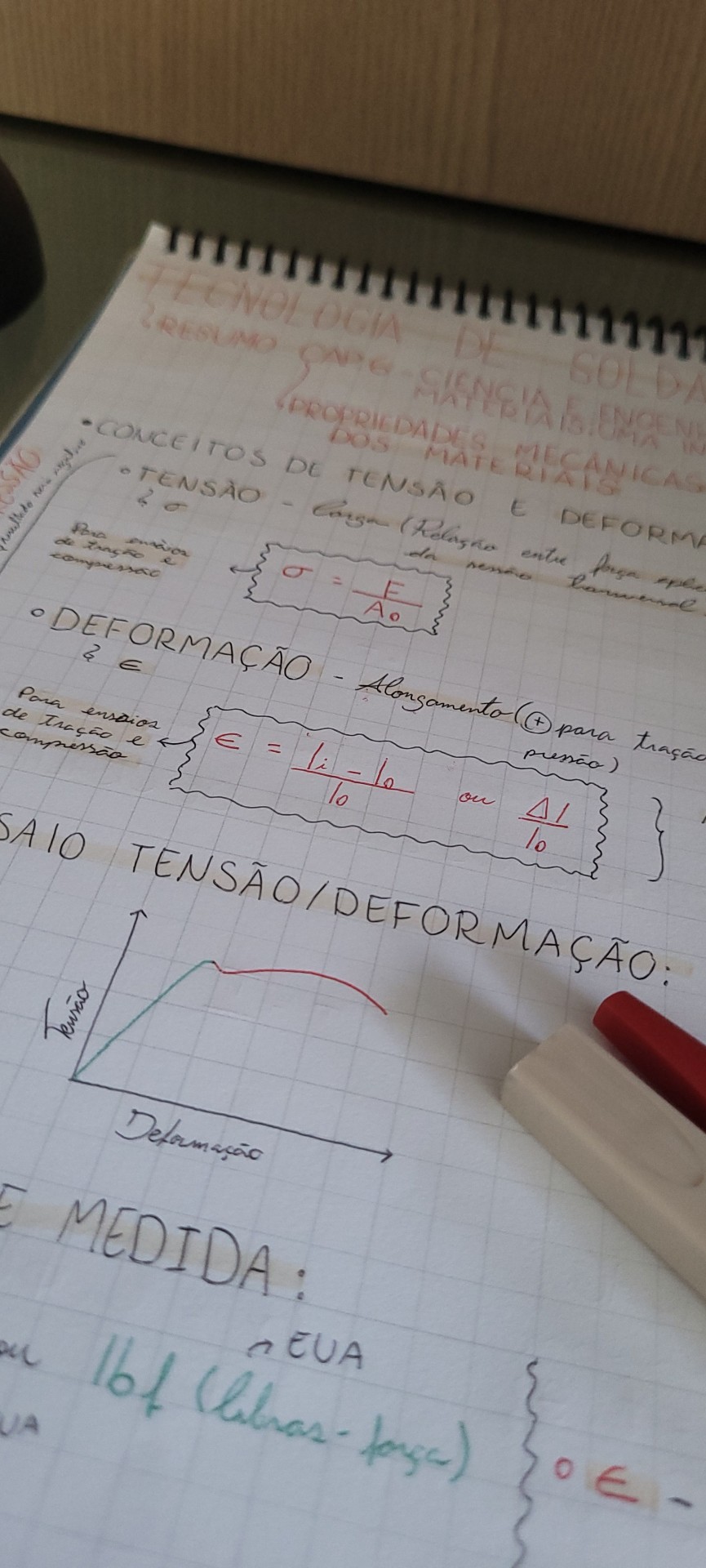
20/08/24
I forgot to post this yesterday 'cause I got home so late from uni 😭
Yesterday was a pretty tiring, but worth it, day of studying since I missed an entire week of class and had to study all of the content from last week's welding technology class + study from a texbook on science and engineering of materials.
Content studied yesterday:
> Stress-Strain of metals under tension, compression, sheer and torsion tests ;
> Stress-Strain graph (elastic and plastic strain, recognition of ductile and brittle materials, points of elastic limit, yielding, ultimate strength and rupture) ;
> General types of welding ;
> Concepts of welding technology .
My welding technology class went great and I was relieved when I found myself following the explanations with ease and being able to participate because of successful studying and absorption of the last class' content through photos of the board that my classmate sent me. I was really scared I would fall behind but I feel pretty confident and intrigued by the subject and engineering in general... I think I'm finally falling in love with it!
#mechanical engineering#college studyblr#engineering#studyblr#study blog#academic validation#college student#stem academia#study motivation#stem student#materials science#materials engineering#student life#stem#study#student#welding#welding technology#engineering studyblr#engineering major#mechanical engineer#engineer#university student#uni life#Spotify
69 notes
·
View notes
Text
The first American submarine was the Turtle, designed by David Bushnell in 1775 during the American Revolutionary War. It did resemble a barrel and was made of wood, reinforced with iron bands. The Turtle was a one-man, hand-cranked submersible intended to attach explosives to British ships. Though it never successfully sank an enemy vessel, it was a pioneering achievement in underwater warfare.
42 notes
·
View notes